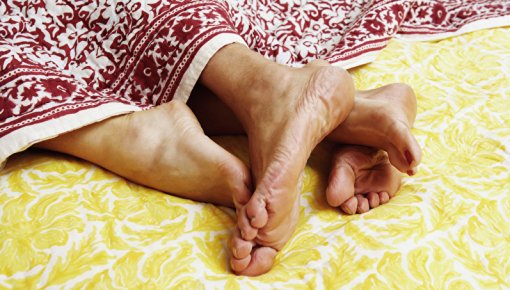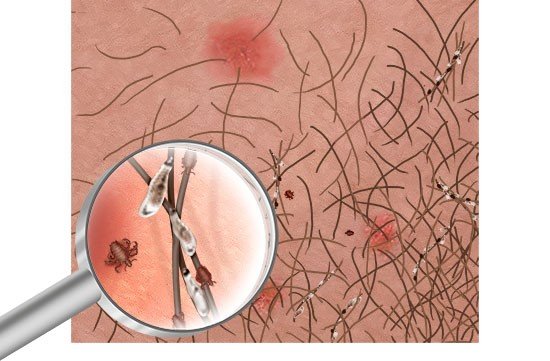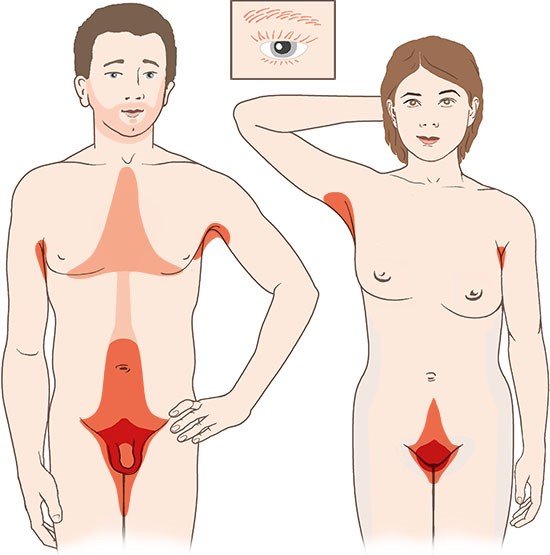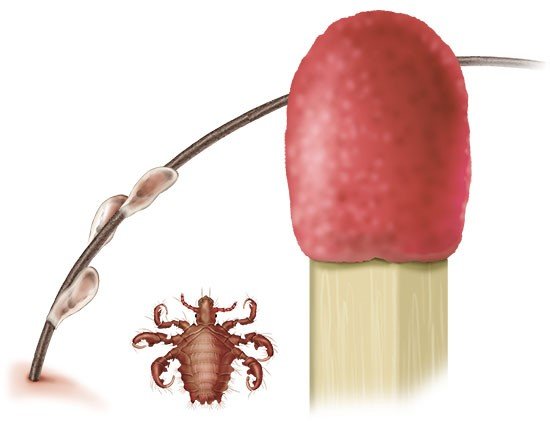Anderson AL, Chaney E. Pubic lice (Pthirus pubis): history, biology and treatment vs. knowledge and beliefs of US college students. Int J Environ Res Public Health 2009; 6(2): 592-600.
Centers for Disease Control and Prevention (CDC). Pubic "Crab" lice: Frequently Asked Questions (FAQs). 2020.
Coates SJ, Thomas C, Chosidow O et al. Ectoparasites: Pediculosis and tungiasis. J Am Acad Dermatol 2020; 82(3): 551-569.
Deutsche STI-Gesellschaft (DSTIG). Sexuell übertragbare Infektionen (STI) - Behandlung, Diagnostik und Therapie (S2k-Leitlinie). AWMF-Registernr.: 059-006. 2018.
Dholakia S, Buckler J, Jeans JP et al. Pubic lice: an endangered species? Sex Transm Dis 2014; 41(6): 388-391.
Leone PA. Scabies and pediculosis pubis: an update of treatment regimens and general review. Clin Infect Dis 2007; 44 Suppl 3: S153-159.
Markova A, Kam SA, Miller DD et al. In the clinic. Common cutaneous parasites. Ann Intern Med 2014; 161(5).
Salavastru CM, Chosidow O, Janier M et al. European guideline for the management of pediculosis pubis. J Eur Acad Dermatol Venereol 2017; 31(9): 1425-1428.
Workowski KA, Bachmann LH, Chan PA et al. Sexually Transmitted Infections Treatment Guidelines, 2021. MMWR Recomm Rep 2021; 70(4): 1-187.
IQWiG health information is written with the aim of helping people understand the advantages and disadvantages of the main treatment options and health care services.
Because IQWiG is a German institute, some of the information provided here is specific to the German health care system. The suitability of any of the described options in an individual case can be determined by talking to a doctor. informedhealth.org can provide support for talks with doctors and other medical professionals, but cannot replace them. We do not offer individual consultations.
Our information is based on the results of good-quality studies. It is written by a team of health care professionals, scientists and editors, and reviewed by external experts. You can find a detailed description of how our health information is produced and updated in our methods.




